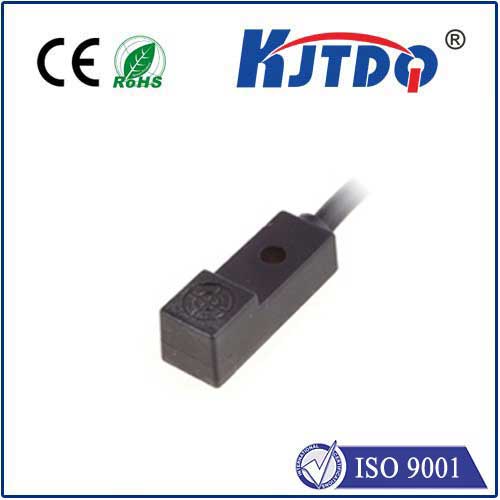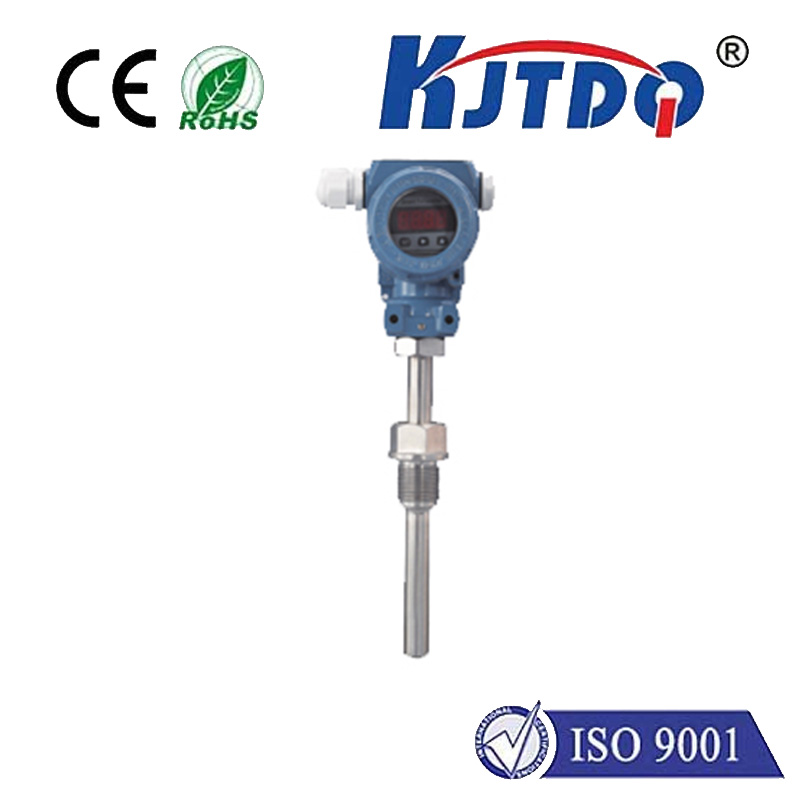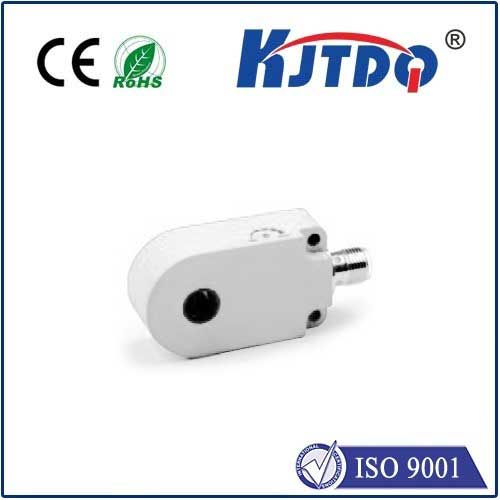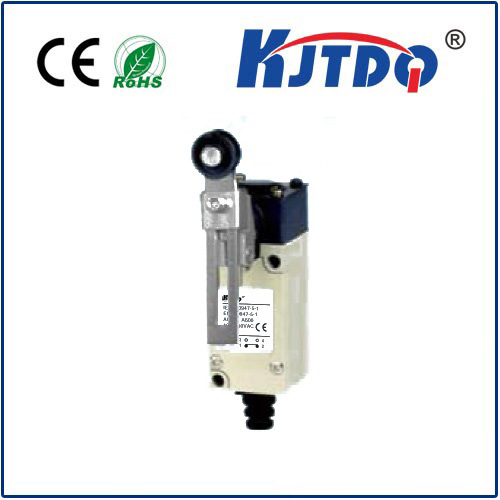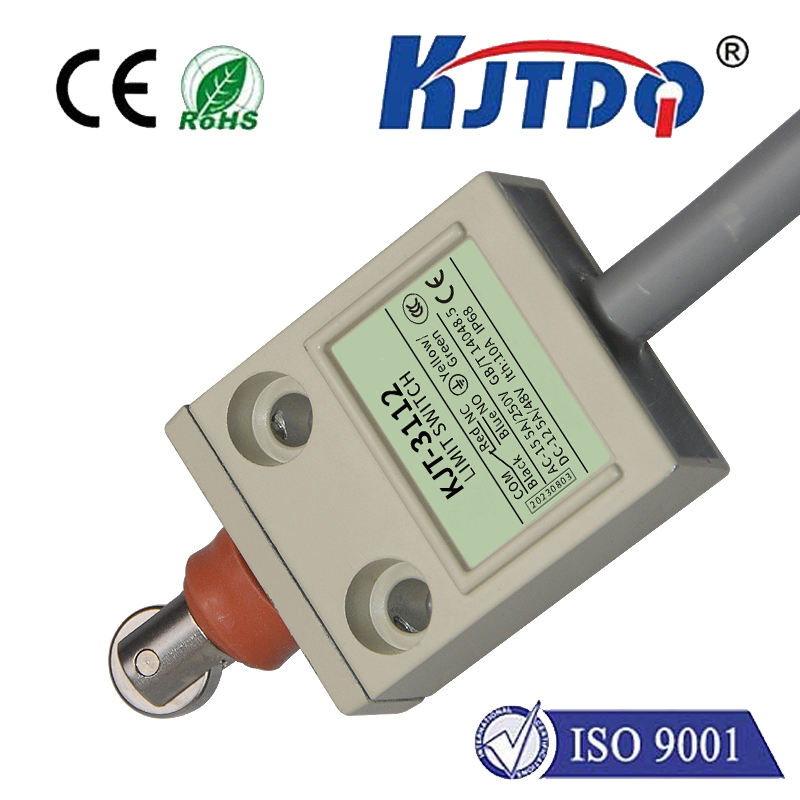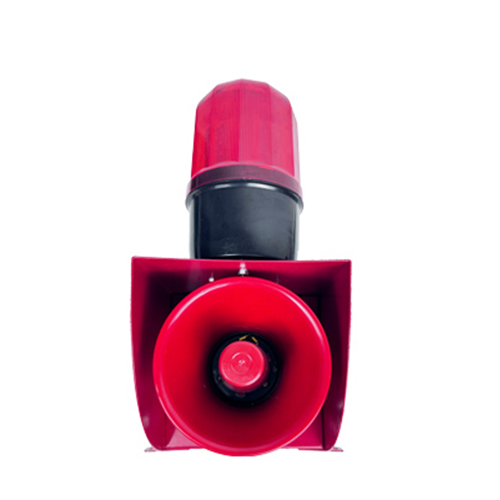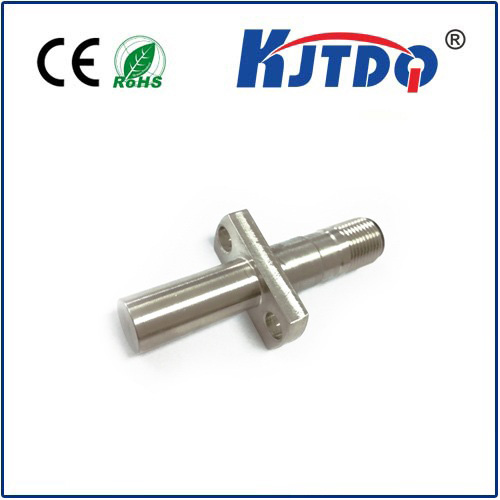

check

check

check

check

check

check

check

check

check

check
Laser Displacement Sensors: Precision Measurement for Modern Industry
Imagine needing to measure the thickness of a car part or the displacement of a robotic arm with pinpoint accuracy, all without physically touching the object. That’s not a futuristic dream—it’s everyday reality thanks to laser displacement sensors. These innovative devices harness advanced laser technology to deliver non-contact measurements that redefine precision in manufacturing and beyond. As industries push for tighter tolerances and smarter automation, understanding how these sensors work and their transformative role is more crucial than ever. Let’s delve into their world, exploring the core mechanisms, standout benefits, and diverse applications driving innovation today.

At its heart, a laser displacement sensor operates by emitting a focused laser beam toward a target surface. When the light hits the object, it reflects back to the sensor’s detector. By calculating the time it takes for the light to travel and return—or by analyzing phase shifts—the device determines the exact distance or displacement. This method leverages the principles of triangulation or time-of-flight, depending on the model, ensuring high accuracy down to micrometer levels. For instance, in automotive quality control, this allows engineers to detect minute defects like warps in metal panels with unprecedented reliability. What sets these systems apart is their ability to perform consistently in challenging environments, such as vibrating machinery or fluctuating temperatures, making them ideal for real-time monitoring without direct contact. Over the past decade, improvements in laser diodes and signal processing have slashed costs while boosting performance, democratizing access across sectors—from aerospace to consumer electronics—where precision is non-negotiable.
The advantages of laser displacement sensors extend far beyond simple distance measurement. Non-contact operation is a game-changer, eliminating wear and tear caused by physical probes and enabling measurements on delicate or moving surfaces, such as silicon wafers in semiconductor fabs. This minimizes downtime and maintenance costs, boosting overall efficiency. Moreover, extraordinary speed allows for thousands of measurements per second, supporting high-speed production lines where every second counts—think of automated factories churning out smartphones with components aligned within microns. Coupled with robust environmental tolerance, these sensors handle dust, oil, and electromagnetic interference, which often plague other sensing methods. For example, in metal fabrication, a laser displacement sensor can continuously monitor weld seams for irregularities, ensuring each piece meets strict standards without human intervention. This seamless integration into Industry 4.0 ecosystems highlights their role in circular processes like predictive maintenance, where real-time data fuels algorithms to prevent costly failures. Ultimately, they deliver cost-efficiency by reducing scrap rates and enhancing quality control, translating to millions saved annually for businesses embracing smart manufacturing.
When it comes to applications, laser displacement sensors shine across a spectrum of industries, reshaping how we approach measurement and automation. In industrial manufacturing, they’re pivotal for dimensional inspection, such as checking the flatness of glass panels for displays or verifying the alignment of gears in powertrains. The automotive sector relies on them for precise positioning of robotic arms during assembly, ensuring components fit perfectly every time. Additionally, in quality assurance labs, these sensors detect deformations in materials during stress tests, providing instant feedback to maintain product integrity. Beyond manufacturing, they’re revolutionizing fields like robotics, where accurate distance sensing guides autonomous vehicles or drones in navigation. Even in research and development, laser displacement sensors aid in micro-scale experiments, such as monitoring expansions in materials under temperature changes. Their versatility is underscored by case studies, like a global electronics firm cutting defect rates by 30% after adopting these sensors in PCB inspection. As businesses face increasing pressure for sustainability, this technology supports resource conservation by optimizing material usage—for instance, by precisely trimming excess plastic in packaging lines, reducing waste and environmental impact.
Key features that make laser displacement sensors indispensable include their enhanced resolution and ease of integration. Modern units offer resolutions as fine as 0.1 micrometers, making them superior to ultrasonic or mechanical alternatives in high-stakes scenarios. User-friendly interfaces allow straightforward calibration and connectivity with PLCs or IoT networks, empowering operators to deploy them quickly on existing setups. Future trends point toward miniaturization and AI-driven analysis, such as sensors that predict wear in machinery based on displacement patterns. However, challenges like optimizing setups for glossy surfaces require careful consideration, often addressed through adjustable settings or specialized models. Overall, this technology not only elevates operational standards but fosters innovation—helping industries leap into smarter, more efficient futures.
By embracing laser displacement sensors, companies unlock new levels of accuracy and reliability, transforming measurement from a routine task into a strategic asset. Their evolution continues to accelerate, promising even greater breakthroughs as we push the boundaries of what’s measurable. (Word count: 960)
